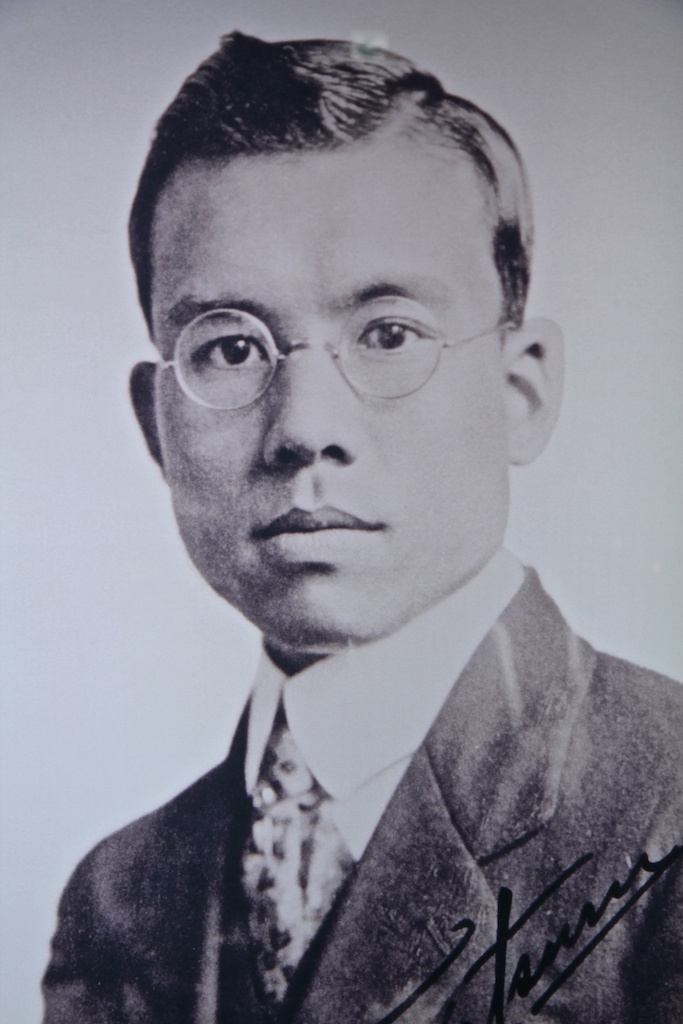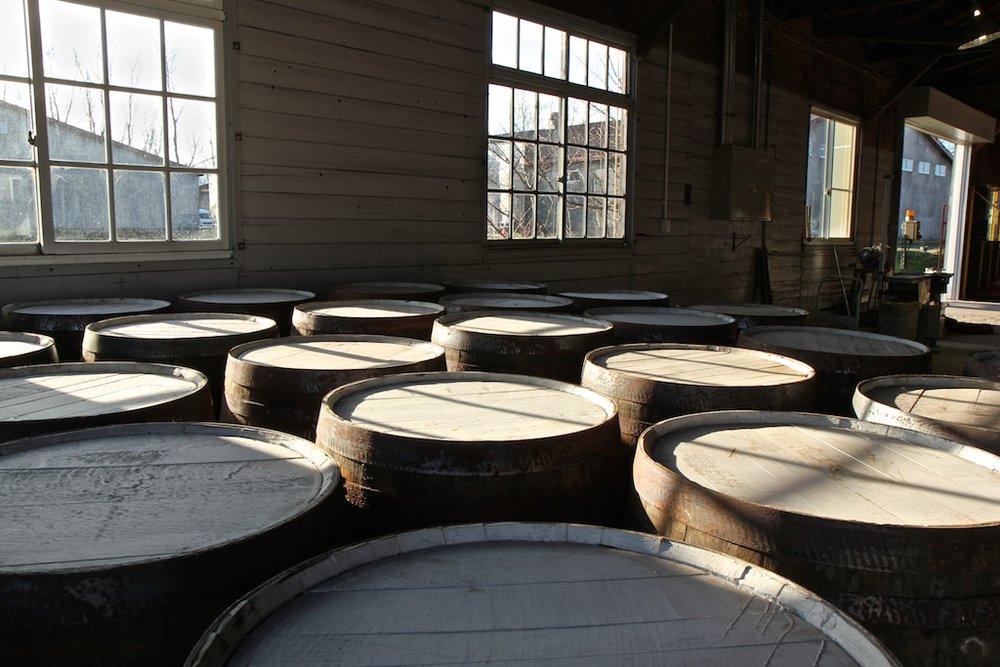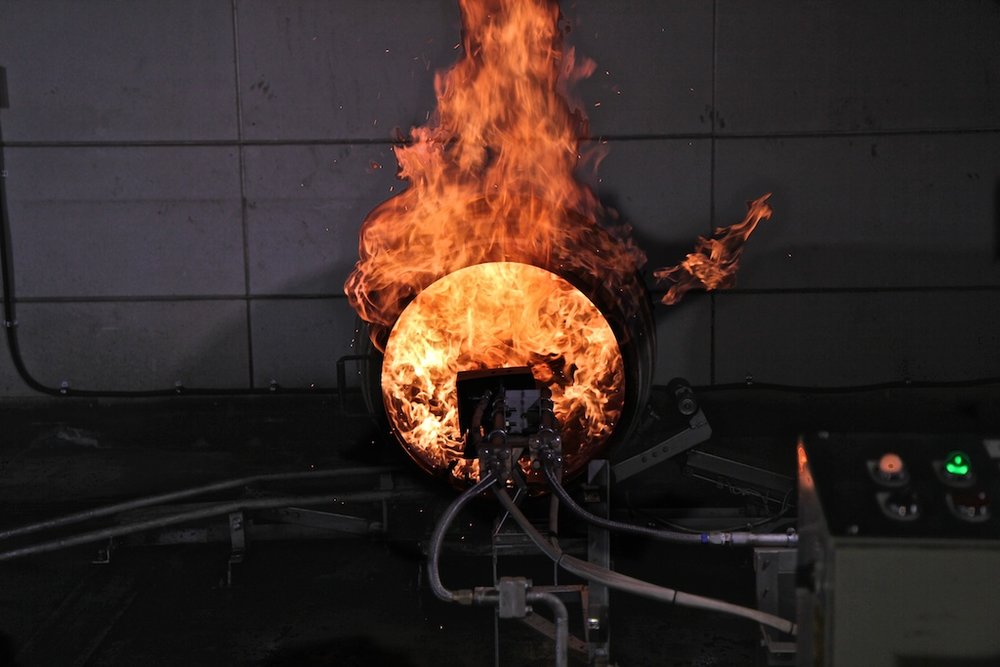Japan: Day 2 – Yoichi/Story of Nikka – Part II

Masataka Taketsuru was born into a sake brewing family in the year 1894. Carrying on with the family tradition, he studied chemistry and went to work for the Settsu Shuzo company, making sake as he had been taught. Taketsuru's interests reached beyond Japanese beverages, however, and in 1918 he convinced his boss to send him to Scotland where he could study whisky production. Upon arrival he enrolled in classes at the University of Glasgow and found apprenticeships at both the Longmorn and Hazelburn distilleries.

In 1920, he did something incredibly controversial: he married a Scottish woman named Jessie Roberta Cowan, or "Rita", as he called her. Taketsuru had met Cowan's younger sister in class and was later introduced by her to his future bride. Needless to say, the matrimony wasn't met with open arms by Rita's family, so the couple eventually made their way back to Japan. In 1922, Taketsuru left Settsu Shuzo to work for Kotobukiya (which would later become Suntory) to put his Scottish skills to good use; they wanted his help building Japan's first whisky distillery: Yamazaki. Taketsuru worked a ten year contract for Kotobukiya, but left in 1934 and established his own company called Dai Nippon Kaju: the Japanese Juice Company. Using apples from the northern island of Hokkaido, he produced both juice and wine until he could save enough money to begin distillation.

In establishing a whisky distillery in Japan—one that would faithfully recreate the traditional style of Scotland's renowned producers—Taketsuru believed there were four key requirements that would need to be met: the location needed to be similar to the Scottish climate, the distillery would need to create a variety of different styles of whisky, both pot and column stills should be utilized, and quality blending skills would be a must. His old boss Kotobukiya thought building a distillery on Hokkaido was insane. How would people be able to visit a destination so remote? How would one transport the whisky for sale and exportation? The town of Yoichi had a cold, snowy Scottish climate and clean water; two things Taketsuru believed would result in good whisky.

In 1936, Taketsuru installed the first copper pot stills at his Dai Nippon Kaju location in the town of Yoichi. The first whisky, called Nikka, was released in 1940 and the name of the company was changed to reflect the whisky in 1952. If you had to compare the Yoichi distillery to a Scottish counterpart, the clear analogy would be Springbank. Both distilleries are located right downtown in a somewhat urban setting, both locations are near the water, both utilize fat-necked pot stills with downward-sloping lyne arms, heated from below and capable of producing heavier whiskies, and both distilleries make a variety of different expressions.

Remaining faithful to the old tradition, Yoichi still uses coal to power their stills; creating an inferno that blazes anywhere from 800 to 1000 degrees beneath the copper pot. The inconsistency of the process and the exact location of each hot spot is believed to be integral to Yoichi's eventual character.

Cooperage is also key to Yoichi's versatile flavor profile. There are twenty-seven dunnage warehouses on site, aging single malt whisky in Bourbon barrels, puncheons, hogsheads, and sherry butts.

Casks are also recharred and reconditioned when needed, both to rekindle the flavor of used barrels and also to intensify the flavors in others. We were treated to an amazing display of sherry butt caramelization. I've never smelled oak so delicious in my life.
There's a lot more to talk about, but I'm pressed for time at the moment. More later.
-David Driscoll
